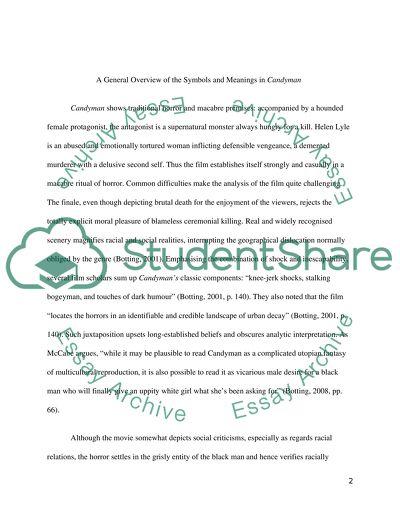Cite this document
(“Taking The movie Candy man 1992. With reference to the opening scene Essay”, n.d.)
Taking The movie Candy man 1992. With reference to the opening scene Essay. Retrieved from https://studentshare.org/visual-arts-film-studies/1464298-taking-the-movie-candy-man
Taking The movie Candy man 1992. With reference to the opening scene Essay. Retrieved from https://studentshare.org/visual-arts-film-studies/1464298-taking-the-movie-candy-man
(Taking The Movie Candy Man 1992. With Reference to the Opening Scene Essay)
Taking The Movie Candy Man 1992. With Reference to the Opening Scene Essay. https://studentshare.org/visual-arts-film-studies/1464298-taking-the-movie-candy-man.
Taking The Movie Candy Man 1992. With Reference to the Opening Scene Essay. https://studentshare.org/visual-arts-film-studies/1464298-taking-the-movie-candy-man.
“Taking The Movie Candy Man 1992. With Reference to the Opening Scene Essay”, n.d. https://studentshare.org/visual-arts-film-studies/1464298-taking-the-movie-candy-man.


